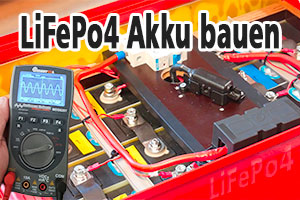Der Kommentar 2 Zeilen darüber könnte hilfreich sein:
Code:
/*****************************************************************************/
// I/O PORT pin definitions
// These definitions simplify reading and understanding the source code.
//
// ATTENTION: Initial value of port and direction registers should not
// be changed, if you do not exactly know what you are doing!
//
// Hints for DDRx and PORTx Registers:
// DDRxy = 0 and PORTxy = 0 ==> Input without internal Pullup
// DDRxy = 0 and PORTxy = 1 ==> Input with internal Pullup
// DDRxy = 1 and PORTxy = 0 ==> Output low
// DDRxy = 1 and PORTxy = 1 ==> Output high
// "=1" indicates that the appropriate bit is set.
//
// Example:
// #define INIT_DDRA 0b00010000
// #define INIT_PRTA 0b00000000
//
// This means that ALL ports on PortA are inputs without internal pullups
// except for PortA4, which is an output (E_INT1 signal in this case) and
// initial value is low.
//
// Binary value explanation:
// 0b00010000 = 16 in decimal system
// ^ ^
// MSB LSB (MSB = Most Significant Bit, LSB = Least Significant Bit)
//
// The program should always call the macro "portInit();" FIRST! You can find
// it a bit below. Correct port initialisation is the most important step
// after a hardware reset!
Übrigens solltest Du in der Library nichts ändern.
Das kannst Du alles in Deinem eigenen Code machen.
DDRA |= ADC0; // Pin als Ausgang
PORTA |= ADC0; // Ausgang auf 1
PORTA &= ~ADC0; // Ausgang auf 0
DDRA &= ~ADC0; // Eingang
PORTA |= ADC0; // Pullup an
PORTA &= ~ADC0; // Pullup aus
Auswerten mit if(PINA & ADC0) ...
MfG,
SlyD
PS:
GPIO = General Purpose I/O - das steht sicher auch irgendwo in der Doku 
PPS:
Achtung: Nicht den GPIO als Ausgang konfigurieren und dann mit dem Taster gegen Masse kurzschließen!
(bei den normalen Bumpern ist für sowas ein Serienwiderstand von 470 Ohm mit drin - s. Schaltplan des RP6
bei den LEDs. Übrigens kann man Taster an die LED Pins schalten genau wie bei den Bumpern, dann bleiben die wertvolleren ADCs frei - auswerten geht dann wie im RP6 Library code getBumper - natürlich etwas angepasst... )








 Zitieren
Zitieren
 .
.
Lesezeichen